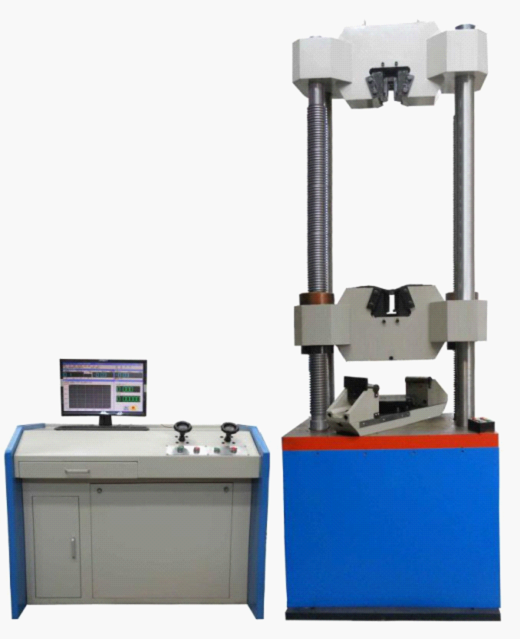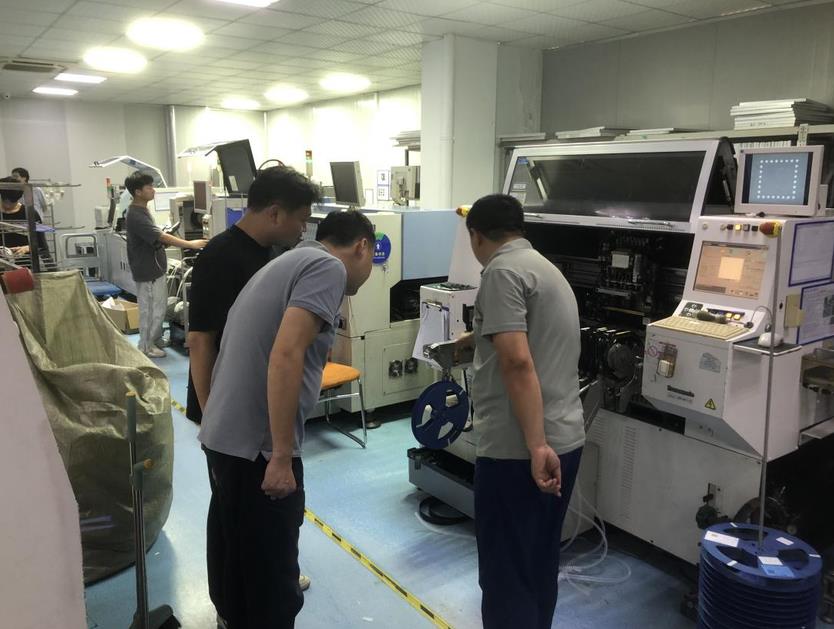Service Hotline
Verification Methods and Measures for Maintaining Performance Stability of Instrument Metrological Performance in Daily Use
of Instrument Metrological Performance in Daily Use
In numerous fields such as scientific experiments, industrial production, medical and health care, environmental monitoring, metrological instruments serve as the cornerstone for data acquisition and measurement, and their accuracy and stability are crucial. Therefore, the verification of the metrological performance of instruments and maintaining performance stability during daily use are important links to ensure the accuracy and reliability of measurement results. This article will discuss the verification methods of instrument metrological performance and a series of measures to maintain performance stability during daily use.
Verification methods for instrument metrological performance
Calibration: Calibration is an important means to ensure the stability of instrument metrological performance. By regular calibration, it can ensure that the measurement results of the instruments are consistent with the actual values. The calibration process is usually carried out by professional metrological institutions or suppliers, who will use calibrated standard equipment to measure the instruments, and then adjust them according to the measurement results to make the measurement results of the instruments consistent with the standard values.
Verification: Verification is the process of comprehensively assessing the metrological performance of instruments, including the technical indicators, appearance, and functions of the instruments. It is usually carried out by government metrological departments or authorized third-party agencies. The results of the verification will determine whether the instruments can continue to be used and what measures need to be taken to improve their performance.
Self-inspection: During daily use, instrument users can also conduct self-inspection. This includes calibration, maintenance, and maintenance of instruments. Self-inspection can discover potential problems that may occur during the use of instruments, take timely measures to avoid affecting the measurement results.
Measures to maintain performance stability during daily use
Establishing a comprehensive instrument management system: The instrument management system includes all links such as the purchase, use, maintenance, maintenance, calibration, verification, and scrapping of instruments, ensuring that the instruments are always in good condition during use. This requires a dedicated person to be responsible for regular inspections and maintenance of the instruments to ensure that the instruments are always in good working condition.
Establishing instrument files: Instrument files record the purchase, use, maintenance, calibration, and verification information of instruments, which is helpful for the management and maintenance of instruments. The files should include the model, specifications, purchase date, use date, calibration date, and verification date of the instruments, as well as records of instrument maintenance, maintenance, and fault repair, etc.
management and maintenance of instruments. The files should include the model, specifications, purchase date, use date, calibration date, and verification date of the instruments, as well as records of instrument maintenance, maintenance, and fault repair, etc.
Training and education: Regularly train and educate instrument users to enhance their metrological awareness and skills, so that they understand how to use, maintain, and care for instruments correctly, as well as how to conduct self-inspection.
Establishing norms for instrument use and maintenance: Establish norms for instrument use and maintenance to ensure that the instruments are always in good condition during use. The norms should include the methods of instrument use, maintenance methods, and troubleshooting methods, etc.
Regular maintenance and maintenance of instruments: Regular maintenance and maintenance of instruments, including cleaning, lubrication, and replacement of worn parts, to maintain the good condition of the instruments.
Regular calibration and verification of instruments: Regular calibration and verification of instruments ensure the accuracy and reliability of the measurement results of the instruments.
In summary, the verification of instrument metrological performance and maintaining stable performance during daily use are important links to ensure the accuracy and reliability of measurement results. Measures such as establishing a comprehensive instrument management system, establishing instrument files, training and education, establishing norms for instrument use and maintenance, regularly performing instrument maintenance and maintenance, and regularly calibrating and inspecting instruments can effectively improve instrument metrological performance and ensure the accuracy and reliability of measurement results.
Copyright © 2019-2025 Instrumentation Manufacturer
Addresses: Phone number: E-Mail:

Our Businesses
